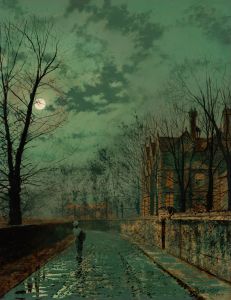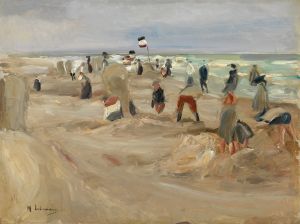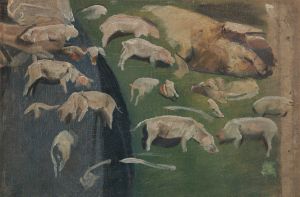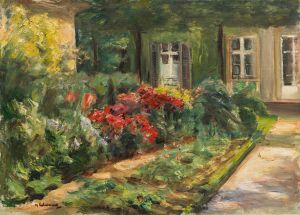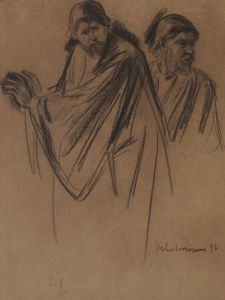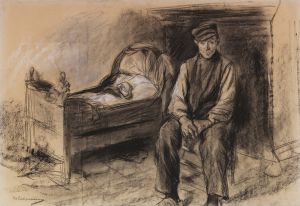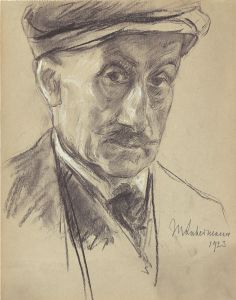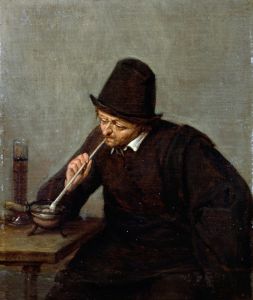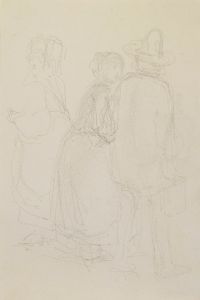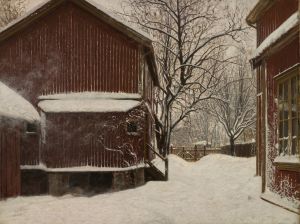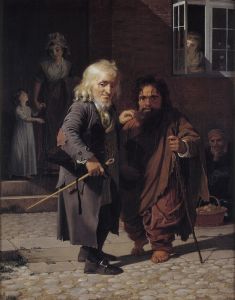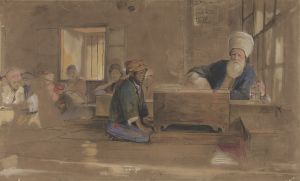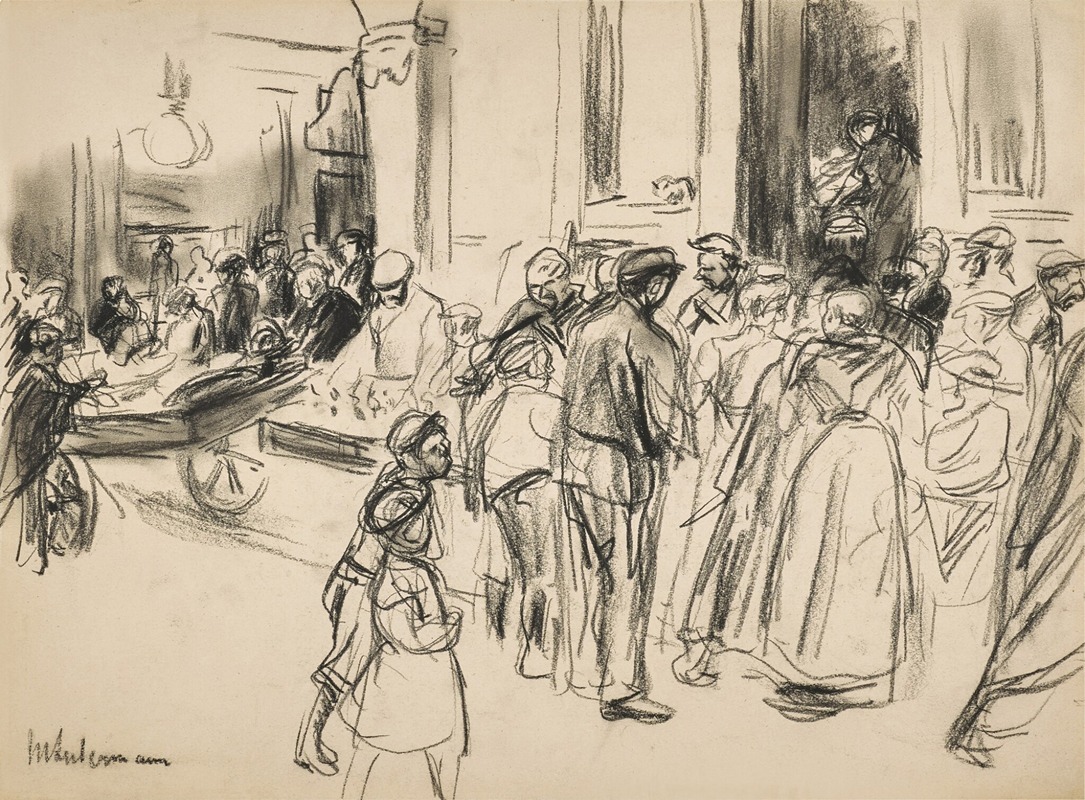
Straßenszene
A hand-painted replica of Max Liebermann’s masterpiece Straßenszene, meticulously crafted by professional artists to capture the true essence of the original. Each piece is created with museum-quality canvas and rare mineral pigments, carefully painted by experienced artists with delicate brushstrokes and rich, layered colors to perfectly recreate the texture of the original artwork. Unlike machine-printed reproductions, this hand-painted version brings the painting to life, infused with the artist’s emotions and skill in every stroke. Whether for personal collection or home decoration, it instantly elevates the artistic atmosphere of any space.
Max Liebermann was a prominent German painter and printmaker, associated with the Impressionist movement. He was a leading figure in the Berlin Secession and played a significant role in the development of modern art in Germany. One of his notable works is "Straßenszene" (Street Scene), which exemplifies his keen observation of everyday life and his ability to capture the essence of urban environments.
"Straßenszene" is a painting that reflects Liebermann's interest in depicting scenes of contemporary life, a common theme among Impressionist artists. The painting portrays a bustling street scene, capturing the dynamic movement and energy of city life. Liebermann's use of light and shadow, along with his loose brushwork, creates a sense of immediacy and realism, drawing the viewer into the scene.
The composition of "Straßenszene" is carefully structured to guide the viewer's eye through the painting. Liebermann often employed a naturalistic palette, using muted colors to convey the atmosphere of the scene. His attention to detail is evident in the depiction of figures and architecture, yet he maintains a level of abstraction that allows the viewer to focus on the overall mood rather than getting lost in minutiae.
Liebermann's work, including "Straßenszene," was influenced by his travels and exposure to other artists. He was particularly inspired by the works of the French Impressionists, such as Édouard Manet and Edgar Degas, whose techniques and subjects resonated with his own artistic vision. Liebermann's adaptation of Impressionist techniques to German themes helped bridge the gap between French and German art during this period.
Throughout his career, Liebermann faced both acclaim and criticism. While he was celebrated for his innovative approach and contribution to modern art, he also encountered resistance from traditionalists who were skeptical of Impressionism's departure from academic standards. Despite this, Liebermann remained committed to his artistic principles, continuing to explore new subjects and techniques.
"Straßenszene" is a testament to Liebermann's ability to capture the vibrancy of urban life. His work provides valuable insight into the social and cultural dynamics of the time, reflecting the changes and challenges of modernity. Liebermann's paintings often serve as historical documents, offering a glimpse into the everyday experiences of people during the late 19th and early 20th centuries.
Max Liebermann's legacy extends beyond his paintings. As a prominent figure in the art world, he played a crucial role in fostering the development of modern art in Germany. His involvement with the Berlin Secession and his advocacy for artistic freedom helped pave the way for future generations of artists. Liebermann's influence can be seen in the works of many artists who followed in his footsteps, continuing to explore the themes and techniques he championed.
In summary, "Straßenszene" by Max Liebermann is a significant work that captures the essence of urban life through the lens of Impressionism. Liebermann's skillful use of light, color, and composition creates a vivid portrayal of a bustling street scene, reflecting his deep understanding of both his subjects and the artistic movements of his time. His contributions to modern art continue to be celebrated, and his works remain an important part of art history.






